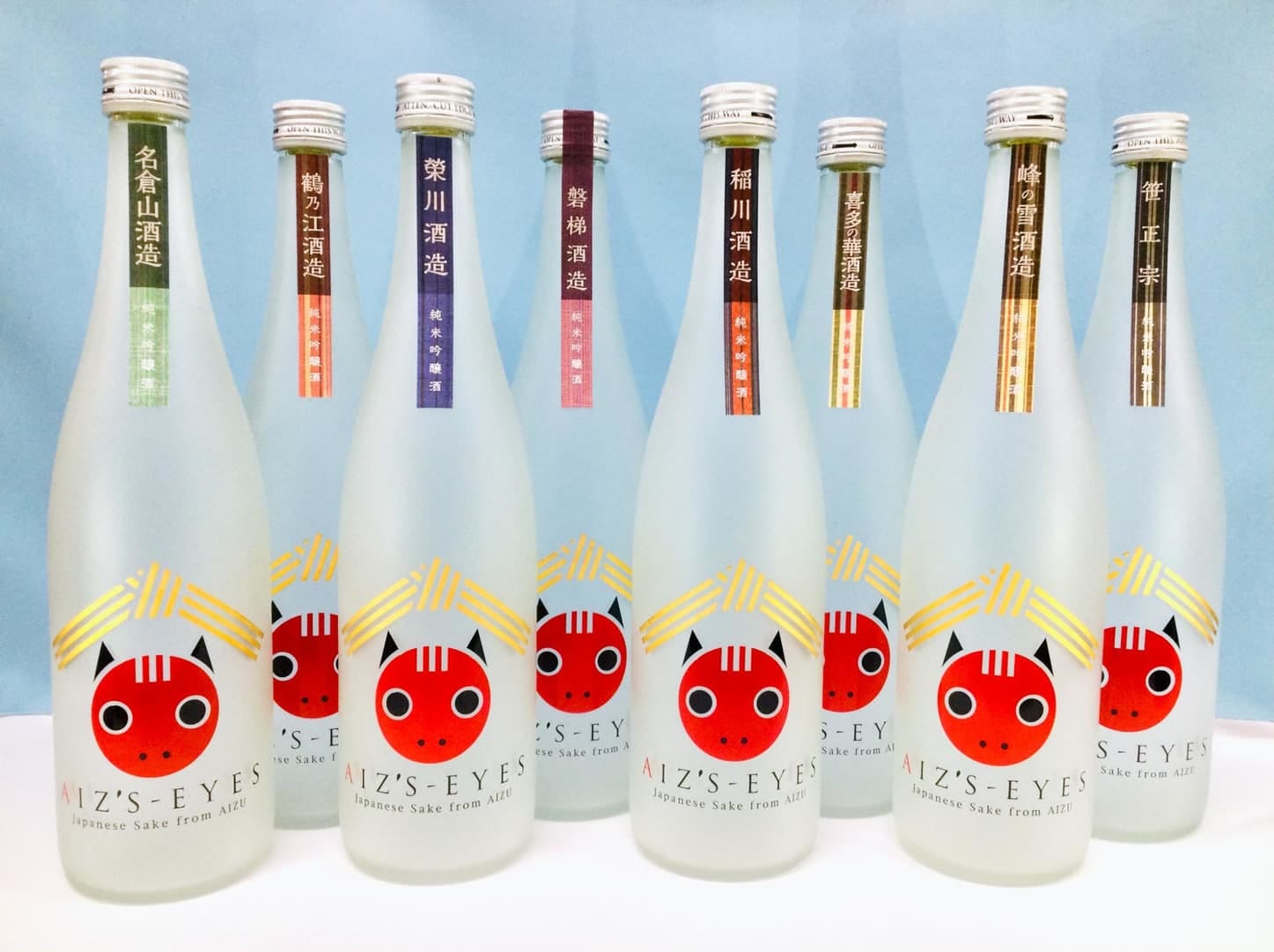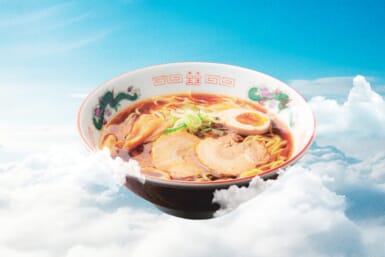Sharing its borders with Yamagata, Niigata, Gunma, Tochigi and Ibaraki prefectures, Aizu is Fukushima’s most western region. For travelers, it is where they stop to visit the Fukushima Museum, Ouchi-juku, a village that thrived as a post town in the Edo period, and where you can get a feel of how life was in the 1600s.
Throughout Japanese history, Aizu was a coveted location. It was easily accessible from Edo and proved as a useful checkpoint for expeditions to Tohoku and Hokkaido – this is still true in modern-day Japan where the trip will take you just about over three hours by car or shinkansen. Aizu figures among the many domains that served under the Tokugawa shogunate and was home to 5,000 soldiers rumored to have helped in Commodore Perry’s missions in northern Japan in the mid-1800s. Aizu is also home to Tsuruga-jo, a Japanese castle with red roof tiles, which is rare but very ingenious as the iron in the titles make the tiles more resistant to water damage.
Today, however, the region is as peaceful as it could be and instead, focuses on conserving local craftsmanship and promoting onsen spots. In the last few years, the area has seen a surge in cafés, which could be an interesting way to visit Aizu if history isn’t your thing. All this said, one can’t visit Fukushima without tasting local sake, one of the prefecture’s most successful exports. There are many reasons the prefecture won first place in the Japan Sake Awards for seven consecutive years between 2013 and 2019.
Fukushima is known for its fertile land and water sources streaming through the mountain ranges, both required to produce enriching rice. As one of sake’s main ingredients, a good quality grain is imperative to the production of a smooth, quaffable sake. In addition to rice, water rich in minerals usually helps bring more depth to the final product. Thanks to its climate, Aizu was blessed with the ideal conditions for both of the main ingredients of sake and the region alone has over 400 years of history when it comes to brewing delicious sake.

Entering the scene is Aiz’s-Eyes, a company dedicated to sharing a carefully curated selection of sake produced in Aizu all while honoring the region’s cultural heritage. (Their name, Aiz’s-Eyes, is read in Japanese as Aizu Aizu.) Their stylish logo is an agglomeration of the akabeko, a legendary red cow native to the region, and sake barrels in the shape of the head and eyes. You’ll also notice a sake brewery’s roof over the akabeko that triples as a hint to Aizu cotton in its stripes and the local landmark Mount Bandai.
Much like France’s Bordeaux wines, Aiz’s-Eyes’ lineup includes sake exclusively produced in Aizu, especially junmai sake. Junmai sake is characterized by its lack of neutral spirits added during the brewing process. This doesn’t stop brewers from being able to produce junmai sake for a range of palettes and pairings. Aiz’s-Eyes makes sure to keep their products diverse to suit any type of sake enthusiast. While keeping a wide range of sake in their selection, Aiz’s-Eyes unifies in the labeling of their products, which all share a minimalist label wrapped around an elegant frosted glass bottle.
To keep their selection fresh, Aiz’s-Eyes collaborates with different breweries from the region every year. Their 2021 lineup includes breweries from Aizuwakamatsu city, Bandai town, Inawashiro town and Kitakata city. Among them you will see Tsurunoe brewery (pictured below), a brewery founded in 1794. Fun Fact: Sake from Tsurunoe Brewery was served at a dinner hosted by former Prime Minister Shinzo Abe back in 2017, where former President Donald Trump was a guest. Our recommendation? Try Mine no Yuki’s refreshing sake made from water sourced from under Mount Ide but made in Aizuwakamatsu city.


Currently, Aiz’s-Eyes’ website lists 8 sake. Each sake has simple indicators of grade and sweetness. Even for fans with minimal knowledge of Japanese, it’s easily accessible and you can find a sake you know you will enjoy based on whether you prefer a sweet or sour taste. For even more information and pairing recommendations, see the products page on the Aiz’s-Eyes online store.
Essential Information
Whether you are a sake novice or are simply looking to expand your knowledge of Fukushima sake, Aiz’s-Eyes can help you find your next favorite drink. Aiz’s-Eyes organizers recommend choosing your sake by first looking at what dishes you’re looking to pair them with. Many sakes go well with both Japanese and Western cuisines, though it is sure to go well with any rice meal.
Main website: https://aizs-eyes.com/
The Base online store: https://aizuaa.thebase.in/
Sponsored Post













